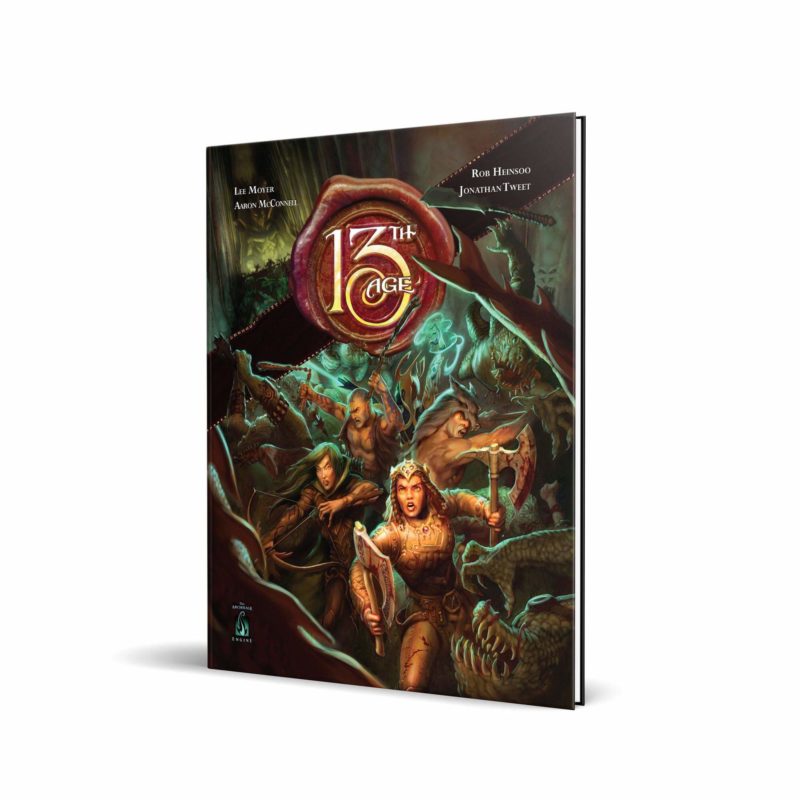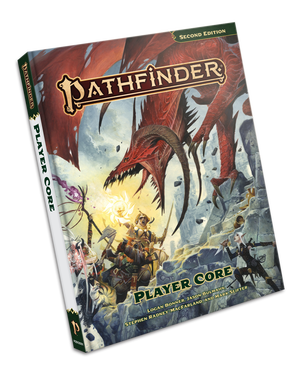Dungeons & Dragons Fantasy; High-Fantasy; Class-based; Character Customization; Tactical Combat; Collaborative Worldbuilding; Exploration-Driven
Dungeons & Dragons (D&D) is a fantasy tabletop role-playing game (TTRPG) created by Gary Gygax and Dave Arneson in 1974. Published initially by Tactical Studies Rules (TSR) and later by Wizards of the Coast (a subsidiary of Hasbro), D&D revolutionized gaming by allowing players to create individual characters embarking on collaborative adventures guided by a Dungeon Master (DM). Its themes encompass high fantasy, tactical combat, and cinematic storytelling. D&D's unique collaborative worldbuilding and narrative-driven gameplay have made it the best-selling RPG, deeply influencing both tabletop and video games.
Theme and Setting
Dungeons & Dragons primarily operates within the high fantasy genre, drawing inspiration from mythology, pulp fiction, and classic fantasy novels. Settings can range from standard medieval-inspired worlds to unique campaign settings like Forgotten Realms, Ravenloft, and Eberron. These settings differ in magic levels, technology, and prevalent themes. Collaborative worldbuilding is a key element, where players and DMs contribute to the narrative and environment, creating a shared imaginative space.
Core Mechanics and Rules
The core mechanics revolve around character creation, role-playing, and dice rolling. Players create characters by defining ability scores (Strength, Dexterity, Constitution, Intelligence, Wisdom, Charisma), choosing a species (elf, human, dwarf), and selecting a class (fighter, rogue, wizard). Gameplay involves players describing their character's actions to the DM, who narrates the outcomes and manages non-player characters (NPCs). Dice rolls determine the success of complex actions, using polyhedral dice (d4, d6, d8, d10, d12, d20) to resolve conflicts and challenges. The Dungeon Master's Guide, Player's Handbook, and Monster Manual serve as the rule set for the game, which cover diverse subjects like social interactions, magic use, combat, and the environment's effect on player characters.
What Makes D&D Unique
D&D's uniqueness stems from its open-ended structure and emphasis on collaborative storytelling. Unlike traditional wargames, D&D allows players to develop and embody individual characters within a fictional setting. The DM's role as both referee and storyteller enables dynamic narratives influenced by player choices. This blend of structured rules and improvisation fosters creativity and social interaction. Cinematic storytelling is enhanced through pre-made adventures or custom campaigns, providing structured narratives that the players can influence. The game also uniquely combines narrative-driven and tactical combat elements, allowing players to utilize strategic thinking alongside role-playing, leading to emergent stories and a personalized gaming experience.
Target Audience and Player Experience
D&D appeals to a broad audience, from teenagers to adults, attracting individuals interested in fantasy, collaborative storytelling, and strategic gameplay. Player experience is characterized by a sense of immersion, creativity, and social connection. The game teaches problem-solving skills and encourages positive moral decisions. D&D is designed to bring players together weekly, which promotes socializing in a non-digital way. While initially associated with niche "nerd" culture, D&D has become more inclusive, with a growing number of female and younger (Gen Z) players. The rise of actual play web series and podcasts has also helped D&D become more inclusive in its reach.



